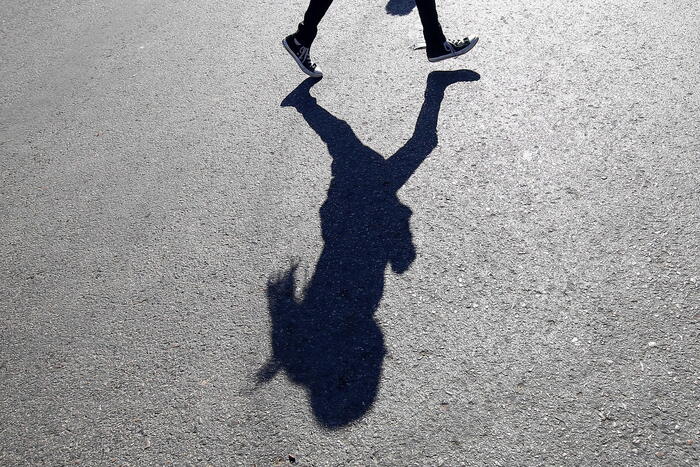The lockdowns imposed in the world to combat covid have weighed heavily on the psycho-physical health of citizens with a significant impact on the risk of cardiovascular disease, anxiety and depression. Although the lockdowns have led to a reduction in noise and air pollution, the final balance is negative, mainly due to the reduction in physical activity levels. This was revealed by a study carried out in three European cities that have adopted different measures, Stockholm (with very few restrictions in 2020), Vienna (with greater but not drastic measures) and Barcelona which has made a real lockdown.
Published in the journal Environmental Pollution, the study was conducted by experts from the Barcelona Institute for Global Health (ISGlobal), who estimated the reduction in physical activity levels due to restrictions, the reduction in the number of visits to urban green spaces, the reduction of atmospheric and acoustic pollution related to the lockdown. The experts also estimated the effects of these reductions in terms of heart attack and stroke risk, depression and anxiety.
It was found that the reduction of nitric oxide was 50% (atmospheric concentration of the pollutant halved) on average in Barcelona, the reduction in noise pollution was equal to 5 decibels (dB A) and the reduction in activity physical was as much as 95%. In Vienna, in the same period, the reduction of nitric oxide was 22%, the noise pollution was one dB (A), the reduction of physical activity by 76%. Finally, in Stockholm, smog levels dropped by just 9%, noise pollution by 2 dB (A), physical activity by 42%.
Experts estimated that if the measures implemented in the three countries had persisted for a year, due to the consequent reduction in physical activity, they would have resulted in a 10% increase in stroke and heart attack cases, an increase in 8% and 12% of the diagnoses of depression and anxiety respectively. In Vienna, the continuation of the measures for a year would have resulted in a 5% increase in heart attack and stroke cases, and 4% and 7% in diagnoses of depression and anxiety.
Finally in Stockholm, although the restrictions imposed were very few, the decline in physical activity levels, if it had persisted for a whole year, would have caused a 3% increase in heart attack and stroke cases, 2% in diagnoses of depression. and 3% of anxiety cases. (HANDLE).
